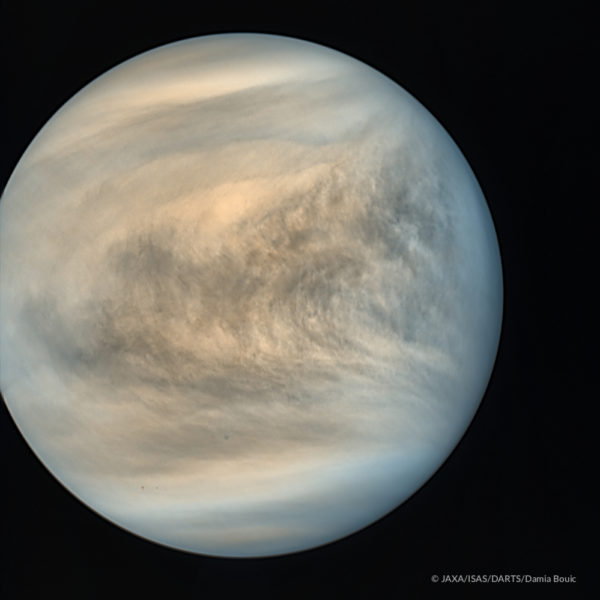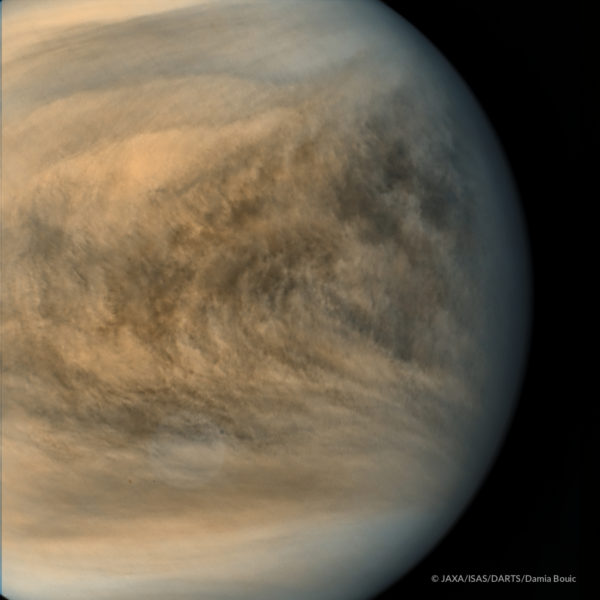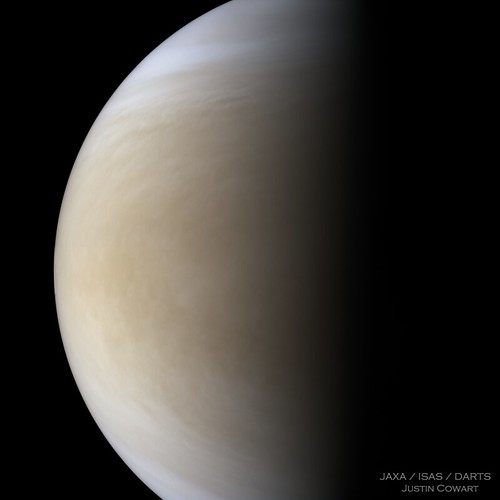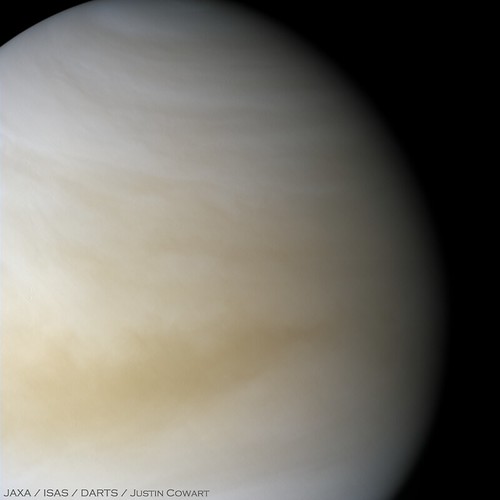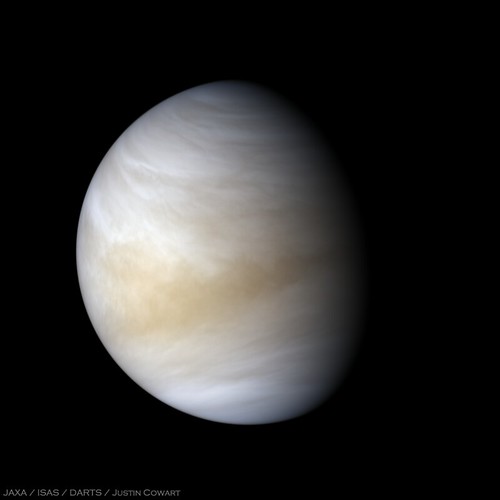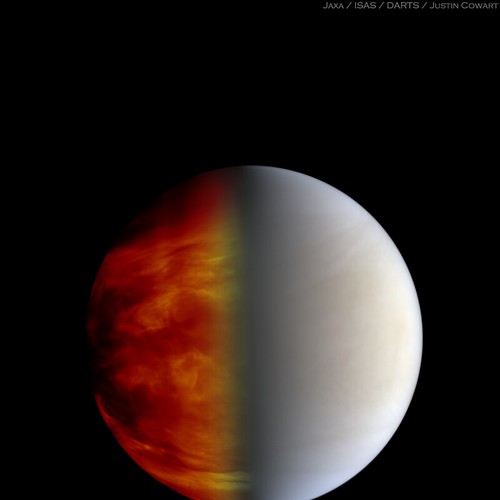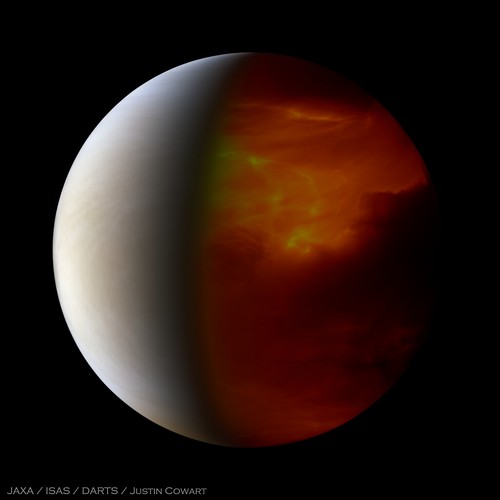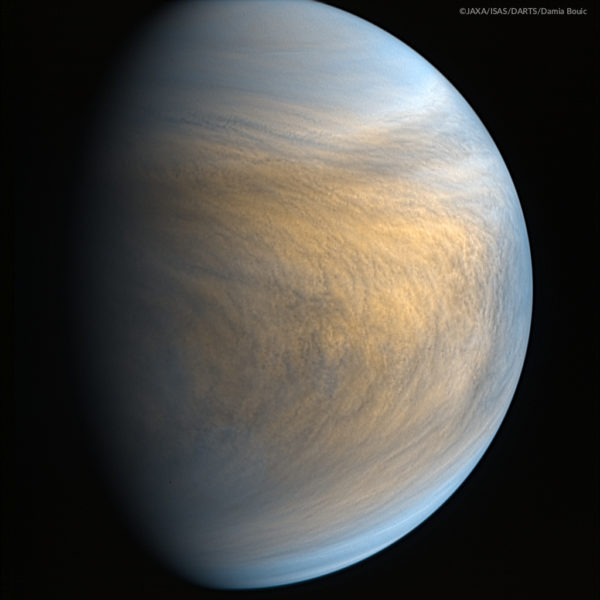QUOTE (scalbers @ Jan 6 2018, 05:57 PM)

Interesting with the shortwave IR is that we can see the bright daylit side by reflected sunlight, and some emitted light on the nightside.
I aspire, later this year, to become part of the small group of amateurs to make this observation from Earth. Christophe Pellier first did this in 2004; it's the glare from the dayside that makes this challenging. From Earth, there is the additional challenge that such an observation entails that the Sun is close to Venus in any such situation, making the day sky an additional source of noise (though minimized in IR, if sky conditions are good). That's no issue for Akatsuki.
It's an interesting issue for IR imagery at ~1-5 microns of Venus and, for that matter, Io, that reflectance/absorption and emission all play a part.
For Io's volcanoes, the thermal signal is much stronger at shorter wavelengths, but the reflectance signal is still stronger yet, so effective thermal imagery of Io (the dayside, which is all we see from Earth) has to be done at longer IR where the signal is weaker but the competition with reflectance is weaker still.
With Venus' nightside, reflectance does not occur except in that the sunlit crescent can offer noise. At somewhat longer (≥2 microns) wavelengths, the clouds block the radiation coming up from the surface, so we end up measuring cloud thickness as backlit by the surface glow, and ~1 micron, we see the surface itself.
As far as I know, there's no groundbreaking science to be done in imaging the surface at regional-scale resolution, but it certainly is a neat accomplishment to do so from Earth. The clouds, meanwhile, offer a lot of science opportunities. However, I don't know of any amateurs with gear for 2 micron imaging.

